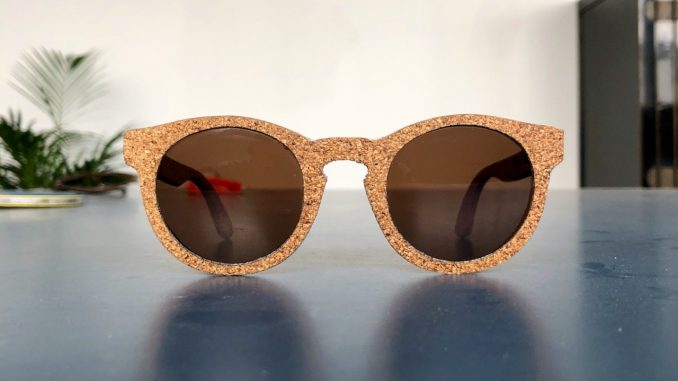In a word, sustainably produced fashion is a method of sourcing, producing, and designing clothing that optimises the advantages to the fashion industry and society while reducing its environmental effect. The ideologies of the two ideas overlap, yet they both have somewhat distinct concerns that are equally important to the future of fashion.
The health of the world becoming more prominent, there is excellent cause to re-enforce the advantages of choosing more sustainable glasses. Indeed, the motives’ option of choosing’ is just as applicable to the broader fast fashion as they are to eyeglasses, so whether people are in the eyewear market again or not, this would provide an effective way to highlight oneself of what we should be considering about when it gets to the consumer behaviour and how it compares towards where we would like it to be.
Fashion is a lot more complicated than cocktail dresses and sleeves, and all the going green makes it difficult to locate environmentally sustainable clothes.
While the path to sustainability is not simple in principle, it is now important that people all grasp what constitutes a truly ethical and sustainable lifestyle. This article will teach readers all they need to know, from the basic materials utilised to the procedures employed down the hierarchy.
Interestingly, people have seen action in the eyeglass sector in recent years, if somewhat led in great portion by relatively small, more latest contender brand names some of which have entered the industry based on genuine, strong, long-term principles, as appeared differently in relation to the market’s main names, who continue to do business off the designer labels which have already been authorised to them. They have been releasing sustainable glasses that are grabbing attention all over the world.
Consumers urge fashion corporations and individuals to guarantee efficiency and transparency, and regard for human rights and fundamental freedoms. However, according to the latest Fashion Revolution survey, 75 percent of consumers felt that fashion firms should be doing more to improve the lives of the people who are making their products. Eyewear businesses founded on ethical principles will have a consistent stance and so should be able to offer consumers details about their distribution network and any credentials that the source maintains on how they treat their staff.
When taking a look at sunglasses brands, or any fashion label, it is essential to see how far their result is going quite far, collaborating with skilled artisans to ensure that traditional skills are handed down, and bridging the gap so that their accomplishment can be admired in the international market. It is the only place where meaningful change may occur.
So, where would one sustainable brand give greater assistance in this area? They may, for example, provide a refurbishing service, as some manufacturers do, or a lens renewal service, which will prolong the life of the frames.
Nevertheless, there will come the point when the frame reaches the end of its useful life, and for sustainable companies, this is a significant area of attention right now. Based on National Geographic, just 9% of the earth’s nine billion tonnes of plastic manufactured have been repurposed.
When transportation and personnel costs were factored in, the overall cost of recycling donor specs was twice as expensive as just creating ready-made spectacles because of the material combination. Finding a method that disassembles the frame and can be repurposed or recycled can contribute significantly to the environmental effect of our business.




